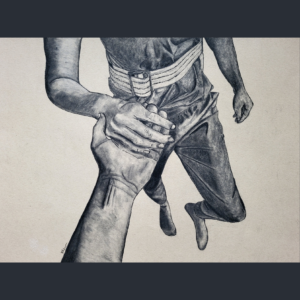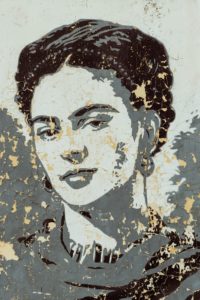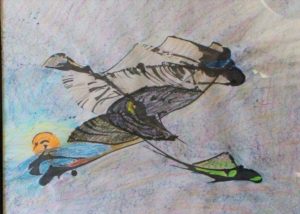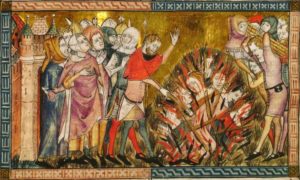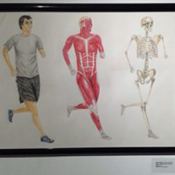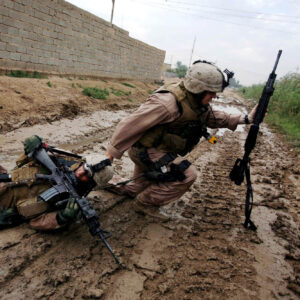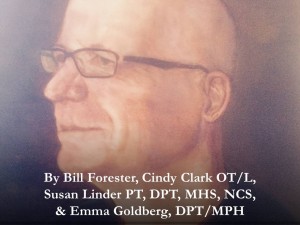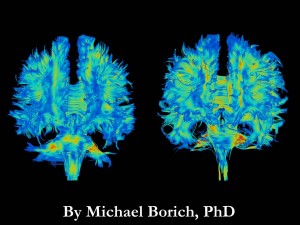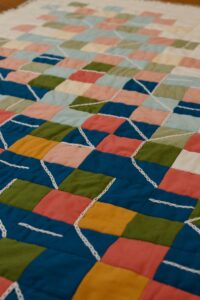
Thinking Through Making
As this author poured through the data from a study of 30 stroke survivors, she found she “couldn’t move past the emotion present in the text.” The study sought to understand factors affecting success in an OT program. But the words of the interviewees went far deeper. To attempt to fully understand their realities, she turned to her own creative core—quilting—and translated black-and-white data points into the living colors of individual emotions.


